GPCR/G protein

All GPCRs share a common seven trans-membrane structure. GPCRs are associated with heterotrimeric G-proteins which are GTP-binding proteins made of alpha, beta, and gamma subunits. When a ligand binds to GPCR, it activates the attached G-protein, the GDP is replaced with GTP. The activated G-protein then dissociates into an alpha and a beta-gamma complex which activates downstream signaling pathways. These intracellular signaling pathways include cAMP/PKA, calcium/NFAT, phospholipase C, protein tyrosine kinases, MAP kinases, PI-3-kinase, nitric oxide/cGMP, Rho, and JAK/STAT.
GPCRs are one of the most important therapeutic targets for various diseases, over 30% of all modern medicinal drugs target this family. Aberrant GPCR functions are involved in pathological conditions such as neurological, immunological and hormonal disorders. A large number of GPCRs have been identified, but whose ligands are not known, are classified as orphan receptors.
-
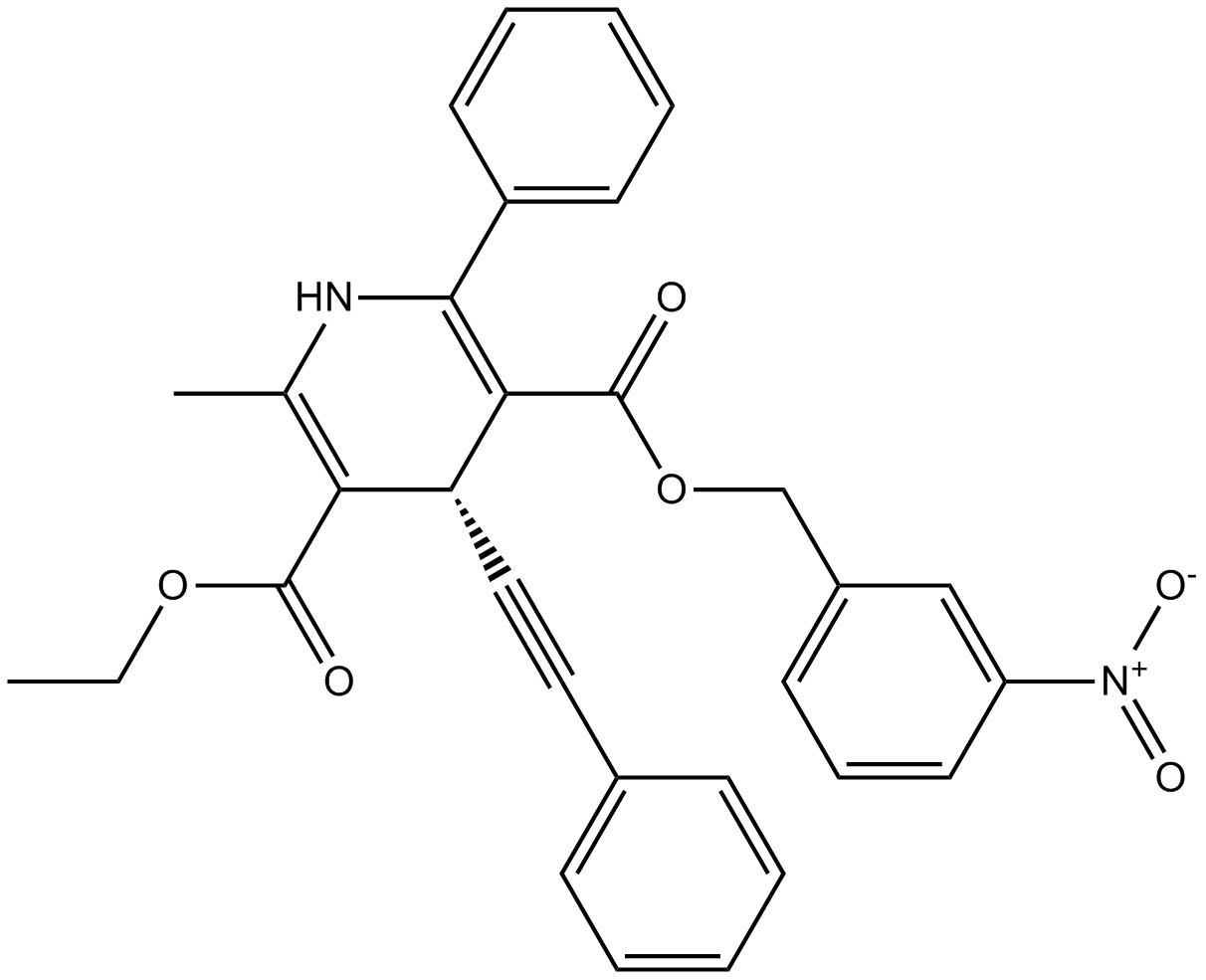 B5106 MRS 1334Summary: antagonist for the human adenosine A3 receptor
B5106 MRS 1334Summary: antagonist for the human adenosine A3 receptor -
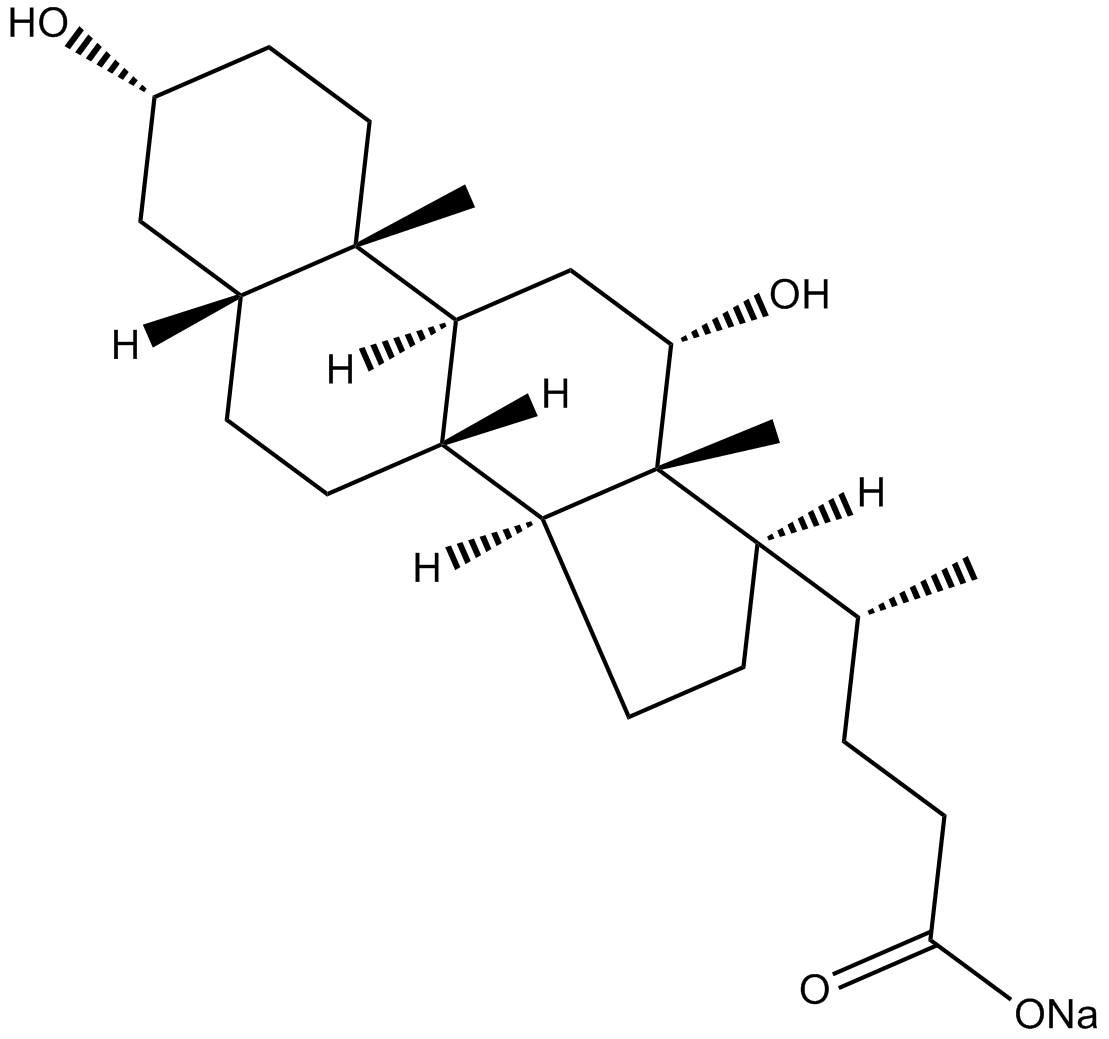 C6885 Deoxycholic acid sodium salt
C6885 Deoxycholic acid sodium salt -
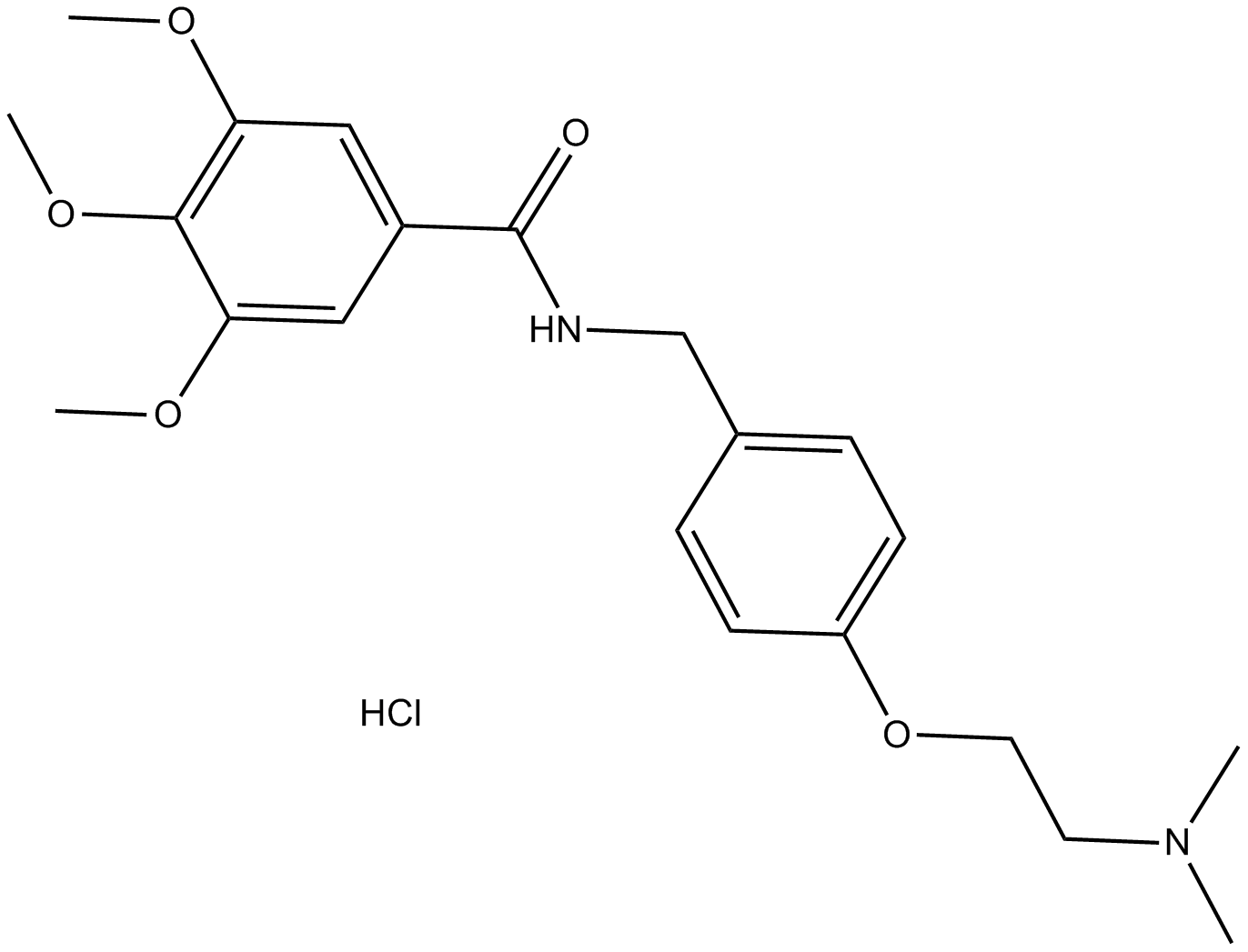 C6974 Trimethobenzamide hydrochloride
C6974 Trimethobenzamide hydrochloride -
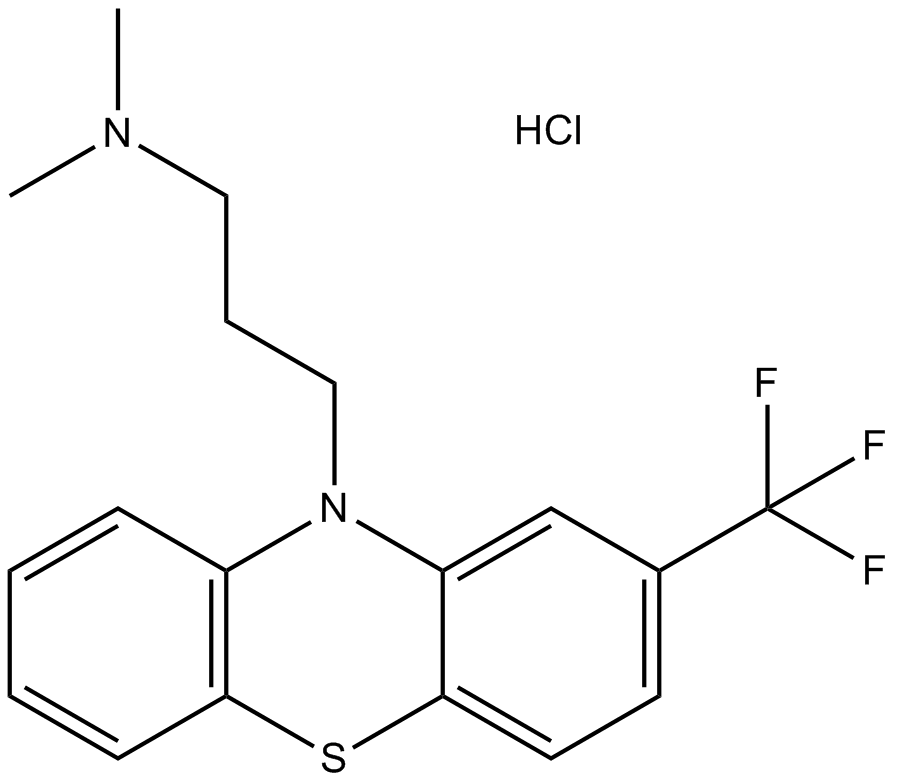 C7040 Triflupromazine hydrochloride
C7040 Triflupromazine hydrochloride -
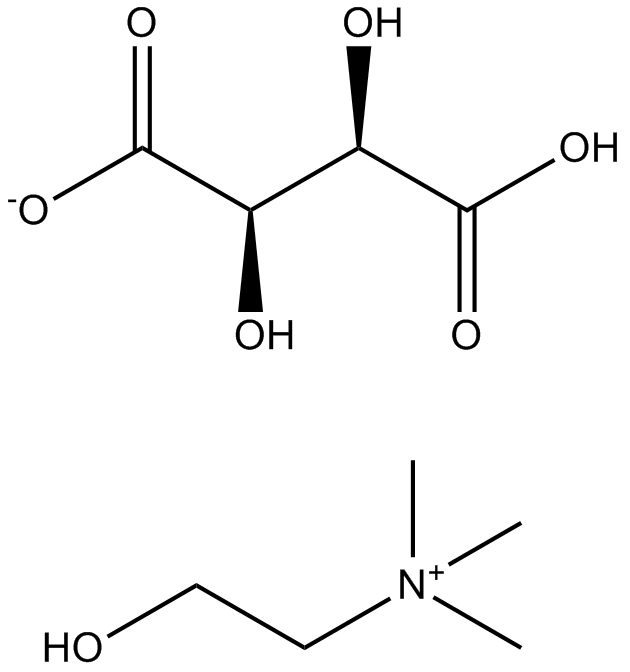 C7093 Choline bitartrate
C7093 Choline bitartrate -
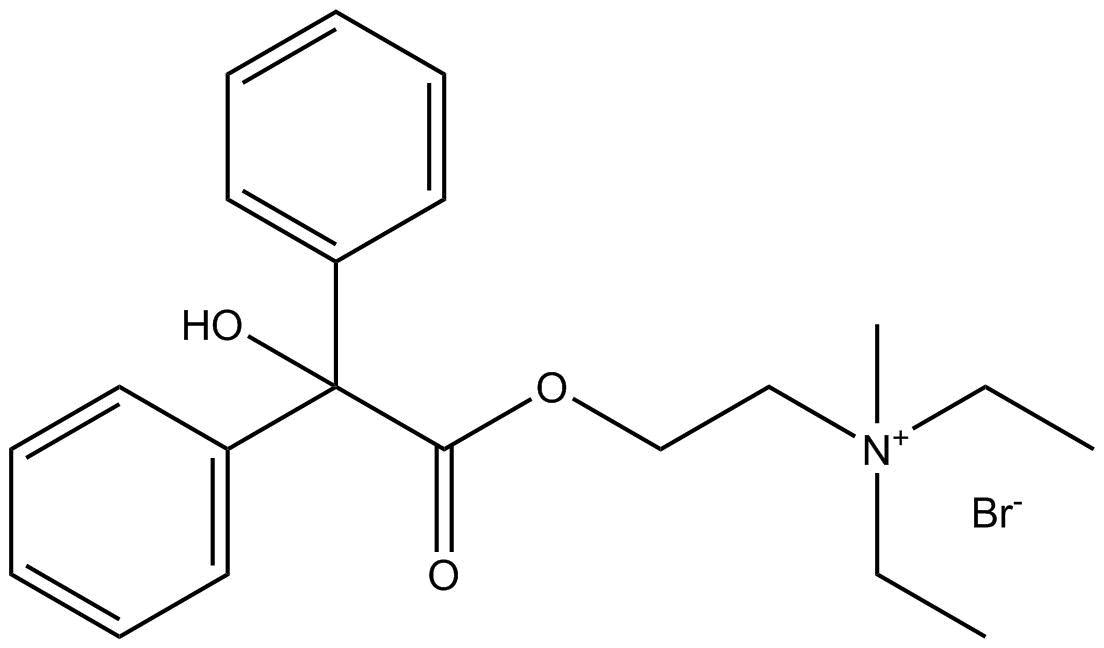 C6668 Methylbenactyzine Bromide
C6668 Methylbenactyzine Bromide -
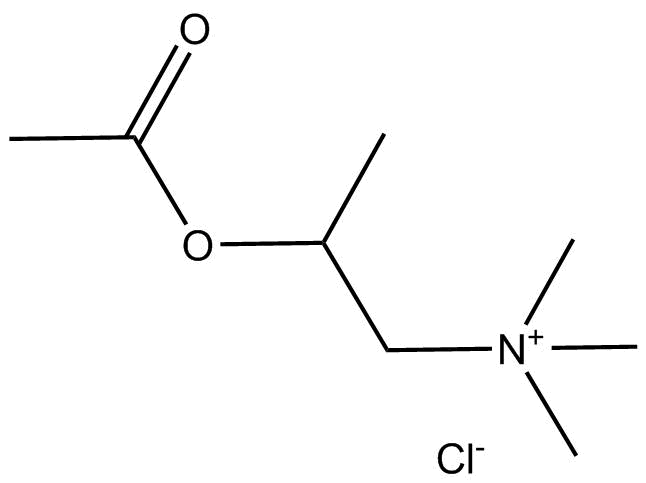 C6694 Methacholine chloride
C6694 Methacholine chloride -
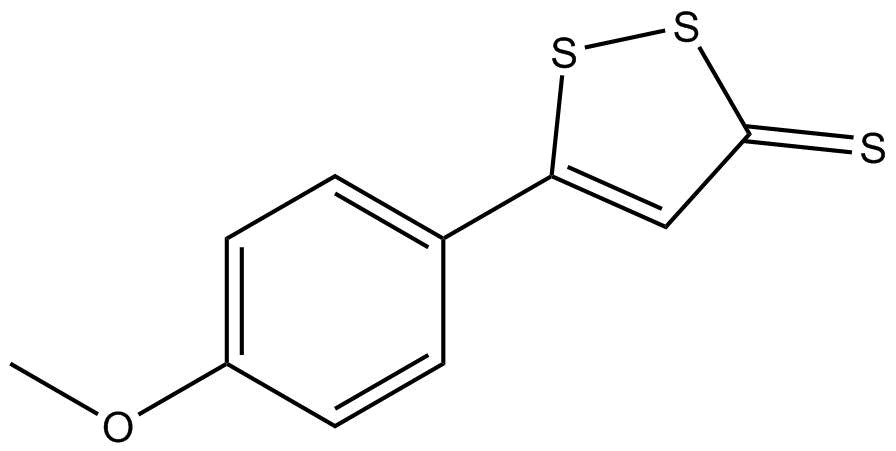 C6709 Anethole trithione
C6709 Anethole trithione -
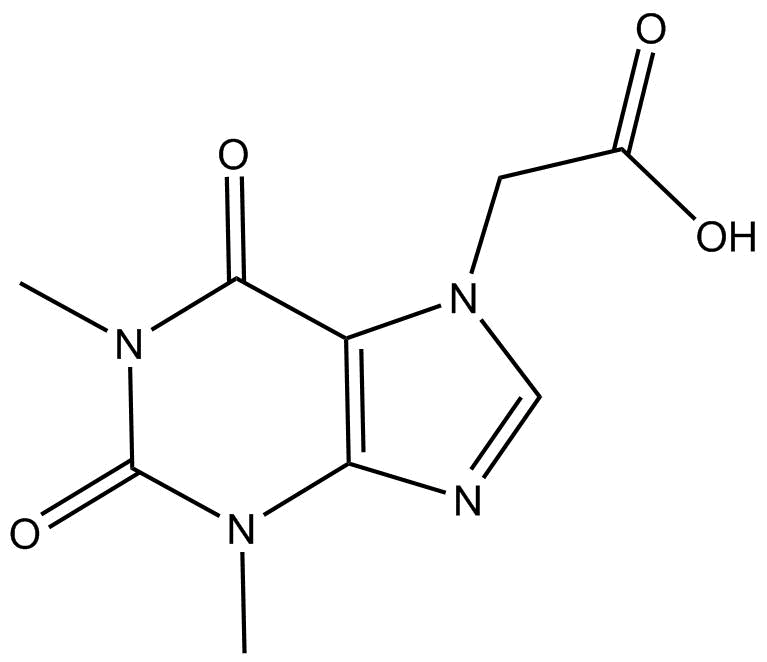 C6723 Theophylline-7-acetic acid
C6723 Theophylline-7-acetic acid -
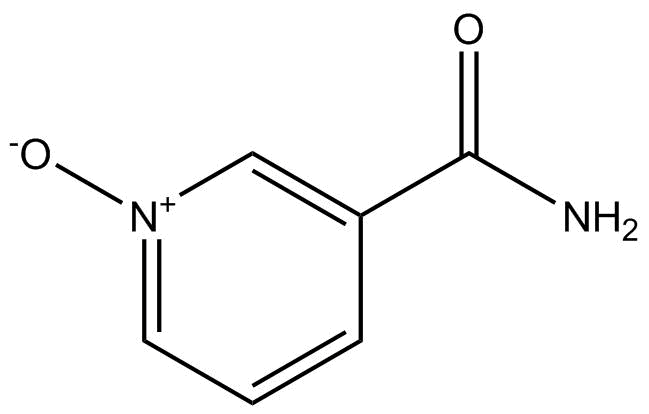 C6736 Nicotinamide N-oxide
C6736 Nicotinamide N-oxide

